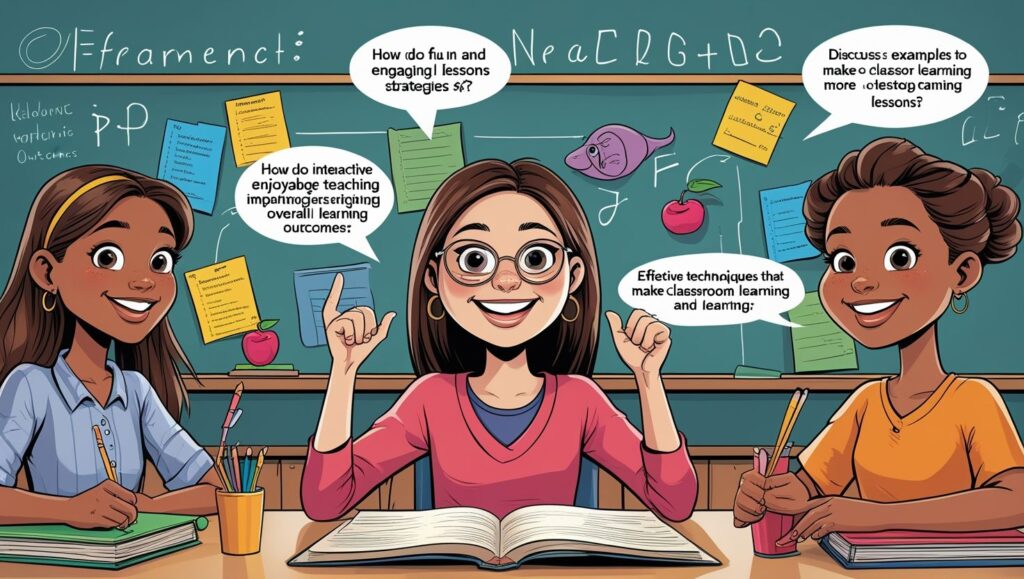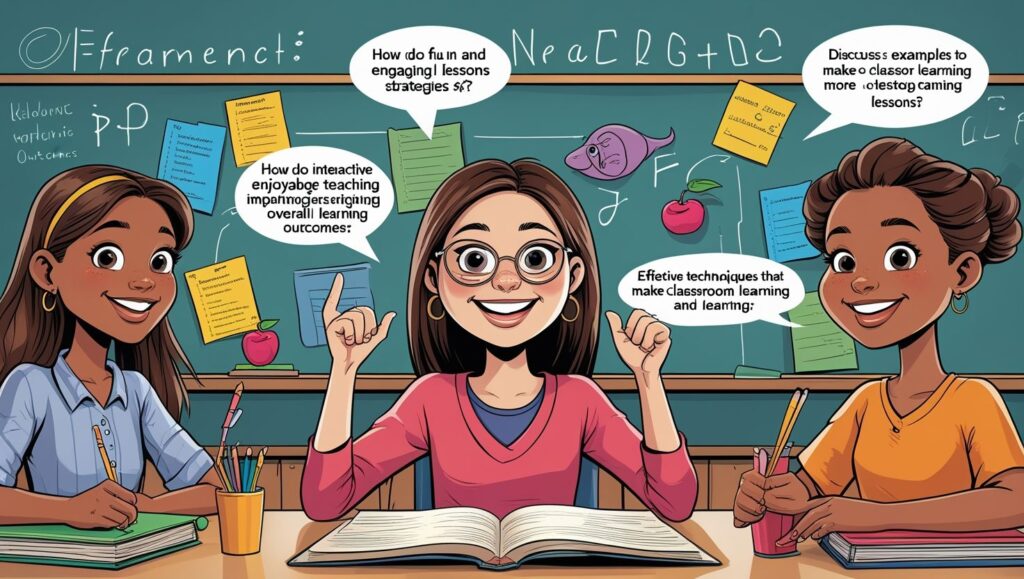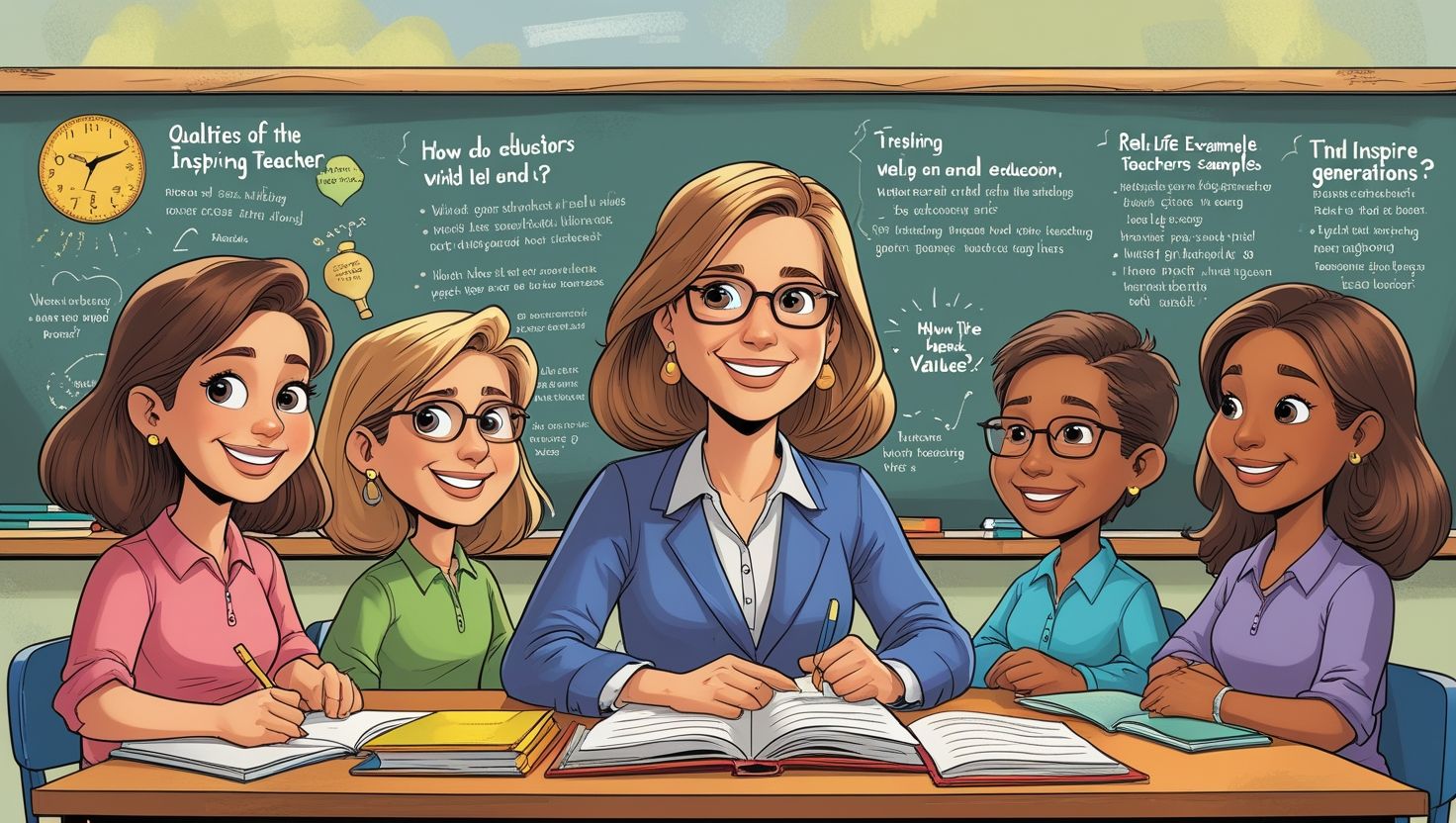Introduction
Fun and Engaging Lessons in Education, Education has traditionally been perceived as a structured and serious process that involves the transfer of knowledge from teacher to student. While structure and discipline are essential, the evolving educational landscape has shown that fun and engaging lessons enhance learning retention, stimulate creativity, and improve student motivation. These lessons are not about replacing rigor with amusement but incorporating activities that make learning enjoyable, meaningful, and lasting.
In today’s dynamic classrooms, integrating fun with learning isn’t a luxury—it is a necessity. Studies consistently show that when students are engaged emotionally and intellectually, their academic performance improves. This article explores the concept, benefits, strategies, tools, and challenges associated with making education fun and engaging, providing insights for educators aiming to revolutionize their teaching methods.
The Concept of Fun in Education
Fun in education refers to the use of enjoyable and interactive teaching strategies to foster a positive learning environment. It does not imply a lack of seriousness but emphasizes joyful, curiosity-driven, and meaningful engagement. Fun lessons use humor, storytelling, games, hands-on activities, technology, and student-centered approaches to break monotony and encourage exploration.
Engaging lessons, on the other hand, refer to instructional methods that capture students’ attention, encourage active participation, and promote deeper learning. These lessons often involve inquiry-based learning, problem-solving, peer collaboration, and real-world applications.
When fun and engagement intersect, education becomes a powerful tool for lifelong learning.
Benefits of Fun and Engaging Lessons
1. Enhanced Student Motivation
Students are more likely to participate and take an interest in lessons that are enjoyable. When learning feels like a game or an adventure, motivation soars. Fun lessons create anticipation and curiosity, making students eager to return to class.
2. Improved Retention and Understanding
Interactive and enjoyable lessons help students retain information longer. Activities that involve multiple senses, like movement, discussion, and visual aids, support memory formation and conceptual understanding.
3. Encouragement of Creativity and Critical Thinking
Creative activities like role-play, project-based learning, and storytelling stimulate imagination and analytical skills. Students learn to think outside the box, approach problems creatively, and explore diverse perspectives.
4. Reduction of Anxiety and Stress
Fun learning environments are less intimidating. They reduce performance anxiety and create a supportive atmosphere where students feel safe to express themselves, ask questions, and make mistakes.
5. Development of Social and Emotional Skills
Group activities and games promote cooperation, empathy, and communication. These are critical skills for students’ emotional intelligence and future workplace readiness.

Elements of Fun and Engaging Lessons
1. Interactivity
Students should not be passive recipients but active participants. Question-and-answer sessions, group discussions, and interactive whiteboard activities help maintain interest.
2. Creativity
Use of art, music, drama, and writing encourages students to express themselves and engage with content in novel ways.
3. Movement and Physical Activity
Kinesthetic learning through movement, hands-on experiments, or outdoor activities enhances engagement and breaks the monotony of sitting.
4. Choice and Autonomy
Letting students choose projects or topics gives them ownership over their learning, increasing their investment and interest.
5. Real-Life Connections
Linking lessons to real-world problems or current events makes learning relevant and meaningful.
Strategies for Creating Fun and Engaging Lessons
1. Gamification
Gamification involves applying game-design elements to non-game contexts. For example, turning a history quiz into a trivia game or using points and rewards to track progress makes learning more compelling.
Examples:
- Math Jeopardy
- Spelling Bee Challenges
- History Treasure Hunts
2. Project-Based Learning (PBL)
In PBL, students work on real-world challenges over an extended period. They investigate, research, and present solutions creatively.
Example:
A project on “Building a Sustainable City” that includes lessons in science, geography, and civics.
3. Storytelling
Narratives capture attention and create emotional connections with the material. Teachers can use stories to explain complex ideas or allow students to create their own.
Example:
Telling the story of a cell from the cell’s perspective to teach biology.
4. Role-Playing and Simulations
Role-playing helps students explore different perspectives and understand historical events, social issues, or scientific phenomena.
Example:
Simulating a UN debate on climate change in a social studies class.
5. Use of Technology
Educational apps, interactive videos, online quizzes, and virtual reality tools can captivate students’ attention and make abstract concepts easier to grasp.
Tools:
- Kahoot!
- Quizlet
- Google Earth
- Minecraft Education Edition
6. Incorporating Music and Art
Songs, musical parodies, and drawing or coloring activities can reinforce academic content in a creative and memorable way.
Example:
Creating a rap about the water cycle.
7. Inquiry-Based Learning
Allowing students to pose questions and explore answers builds curiosity and deeper understanding.
Example:
Starting a science class with, “Why does the sky change color?”
8. Flipped Classrooms
Students watch lectures or read materials at home and spend classroom time engaging in activities, discussions, and problem-solving.

Fun and Engaging Lessons Across Subjects
Mathematics
- Math Bingo to practice basic operations
- Escape room challenges with math puzzles
- Real-life problem solving, e.g., planning a budget for a trip
Science
- DIY Experiments using household items
- Virtual lab simulations
- Building models of volcanoes or ecosystems
Language Arts
- Book-themed board games
- Creative writing prompts like “Write a letter from a superhero”
- Readers’ Theater to act out scenes from literature
Social Studies
- History skits and time-travel journals
- Mapping games
- Interviewing family members about their past for oral history projects
Physical Education
- Relay races with academic questions
- Dance and movement challenges
- Sports-based math problems
Art and Music
- Cross-curricular integration, such as drawing scenes from novels
- Music composition related to topics (e.g., composing a “planet symphony” in science)
Role of Teachers in Creating Fun Lessons
- Understanding Student Interests: Teachers must observe and adapt to what excites their students.
- Being Creative and Flexible: Fun lessons often require deviating from the standard textbook.
- Collaborating with Peers: Sharing ideas among educators can lead to more engaging lesson plans.
- Continuous Professional Development: Attending workshops or online courses can provide fresh perspectives and tools.
Challenges in Implementing Fun Lessons
1. Curriculum Constraints
Rigid curricula and standardized testing may limit the time and freedom teachers have for creative lessons.
2. Large Class Sizes
Managing interactive activities in crowded classrooms can be challenging.
3. Lack of Resources
Not all schools have access to technology or materials needed for hands-on learning.
4. Time Limitations
Engaging lessons often require more planning and class time, which may not be feasible.
5. Balancing Fun and Learning
It is important to ensure that fun activities meet learning objectives and are not just entertainment.
Overcoming the Challenges
- Start Small: Introduce one fun element per lesson and gradually expand.
- Use Low-Cost Resources: Recycle materials, use open-source platforms, and encourage student contributions.
- Integrate Fun with Curriculum Goals: Ensure that each activity aligns with learning outcomes.
- Leverage Community Support: Collaborate with parents and local organizations for materials and expertise.
Case Studies and Examples
1. Finland’s Play-Based Learning
Finland’s education system integrates play and fun activities even at higher levels, with positive outcomes in student well-being and academic achievement.
2. Singapore’s Inquiry-Based Science
Singapore’s primary science curriculum encourages inquiry and experimentation, making students active discoverers of knowledge.
3. “Genius Hour” Projects in the US
Students spend an hour a week working on projects of their choice, promoting passion, ownership, and creativity.
Future of Fun in Education
As technology advances and understanding of pedagogy evolves, fun and engaging lessons will become even more integral. Virtual reality classrooms, AI tutors, and gamified online platforms are paving the way for more immersive experiences.
Moreover, student-centered learning, where learners take charge of their education, is expected to become the norm. In such environments, teachers act as facilitators who provide guidance and resources while students learn through exploration, collaboration, and play.
Conclusion
Fun and engaging lessons are the heart of modern, effective education. They make learning an enjoyable journey rather than a tedious task. When students laugh, move, create, and explore, they do more than just learn—they grow.
Creating such lessons requires thoughtful planning, creativity, and flexibility from educators. It involves understanding student needs, leveraging available resources, and ensuring that enjoyment enhances—not replaces—academic rigor.
Incorporating fun in education isn’t a break from learning—it is learning in its most powerful form. As education continues to adapt to the 21st-century world, the joy of learning must be at the center of every classroom.
References
- Barkley, E. F., & Major, C. H. (2020). Interactive Lecturing: A Handbook for College Faculty. Jossey-Bass.
- Gee, J. P. (2007). What Video Games Have to Teach Us About Learning and Literacy. Palgrave Macmillan.
- Sousa, D. A. (2016). Engaging the Rewired Brain. Corwin Press.
- Zull, J. E. (2011). The Art of Changing the Brain: Enriching the Practice of Teaching by Exploring the Biology of Learning. Stylus Publishing.

Temukan Keberuntungan Anda di Irish Crown dan Menangkan Hadiah Besar
Wild Wildebeest Wins : Temukan Keberuntungan di Padang Savana dengan Jackpot Besar
Rekomendasi Slot Gacor : Slot Online dengan RTP Tinggi dan Kemenangan Maksimal
Interesting perspective. It really made me think differently.